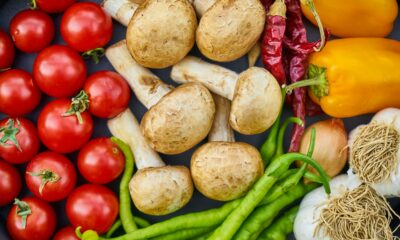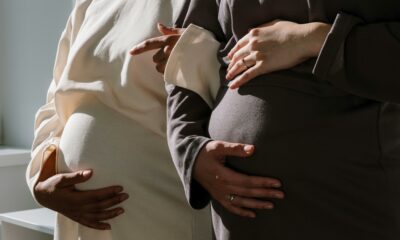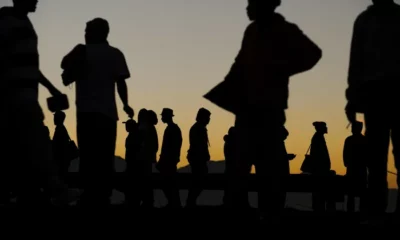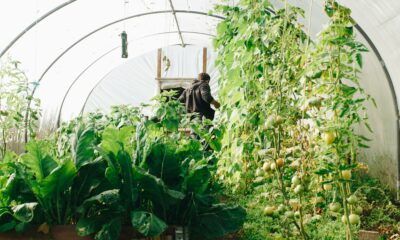Business
Agriculture’s Recovery Breathes New Life into South Africa’s GDP in 2025
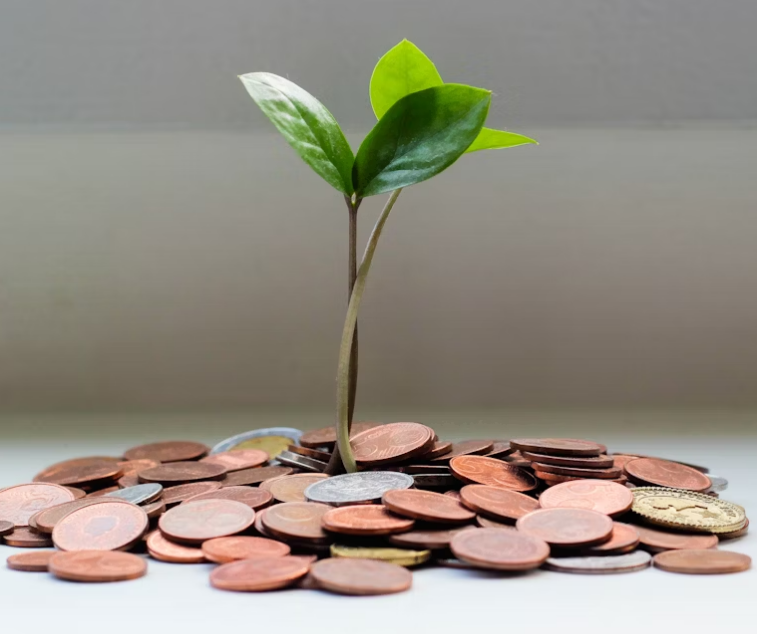
South Africa’s agricultural sector is quietly proving its resilience in 2025. After a turbulent few years marked by droughts, disease outbreaks, and global trade uncertainty, the industry has begun to show steady signs of recovery and the latest GDP numbers reveal just how important farming remains for the country’s economy.
A Sector Finding Its Feet Again
Figures from the second quarter show agriculture, forestry, and fishing grew by 2.5%, a slower pace than the 18.6% surge earlier in the year, but still a meaningful contribution to the national economy. According to Wandile Sihlobo, chief economist at Agbiz, the softer growth was expected, given seasonal dynamics and harvest schedules.
Summer rains delayed the grain harvest by nearly six weeks, pushing some of the momentum into the third quarter. Yet even with delays, the country produced a hefty 19.55 million tons of summer grains and oilseeds, a supply that underscores the sector’s capacity to deliver under pressure.
More Than Just Weather: The Disease Factor
The second quarter wasn’t without setbacks. Farmers grappled with outbreaks of foot and mouth disease and avian influenza, both of which disrupted livestock production. Relief came only toward the end of the quarter, when vaccines for foot and mouth disease finally arrived, sparking cautious optimism for a stronger recovery later in the year.
As Sihlobo put it, agriculture’s performance tends to swing with the seasons and the circumstances, from rains to market tariffs, but the broader trend in 2025 is one of slow but meaningful recovery.
Why Agriculture Still Matters
For policymakers and rural communities alike, agriculture’s rebound carries weight far beyond GDP percentages. Francois Rossouw, CEO of the Southern African Agri Initiative (Saai), called the 0.8% overall GDP growth encouraging, noting that agriculture’s contribution, while modest in numerical terms, plays a stabilising role in the economy.
“When sectors like construction and transport are under strain, farming remains the anchor,” Rossouw said. “For South Africa, growth in agriculture is not just about numbers, it’s about food security, rural jobs, and keeping supply chains intact.”
Confidence Wobbles, but Optimism Persists
Interestingly, the Agbiz/IDC Agribusiness Confidence Index slipped for the second consecutive quarter, dropping two points to 63. This dip reflects ongoing worries about trade barriers, input costs, and infrastructure bottlenecks. Still, industry leaders believe the year as a whole is shaping up to be a recovery phase.
Farmers, Rossouw explained, are showing adaptability, from seizing tariff pause opportunities in the U.S. to investing in horticulture and animal products that continue to perform strongly.
A Bigger Picture for 2025
Agriculture’s story this year is one of resilience amid uncertainty. Yes, growth slowed in Q2, but the sector’s ability to push ahead despite weather delays and disease outbreaks offers a lesson in stability for a country searching for economic wins.
For millions of South Africans, this isn’t just about GDP figures, it’s about the assurance that the food system is holding firm, rural communities remain supported, and farming can still be a beacon of hope in an economy facing turbulence elsewhere.
If current trends continue, 2025 could go down as the year South Africa’s farmers not only recovered but helped carry the nation forward.
{Source: IOL}
Follow Joburg ETC on Facebook, Twitter , TikTok and Instagram
For more News in Johannesburg, visit joburgetc.com

